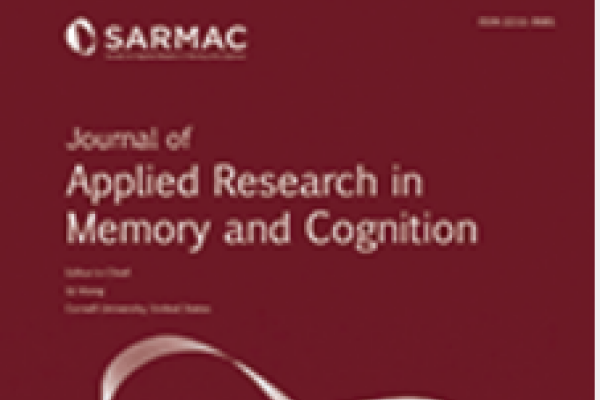
All Fungi are edible. Some fungi are not edible more than once” (Pratchett & Pearson, 2004, p. 39). To be able to reliably distinguish between edible mushrooms and their looking alike poisonous doubles, learners need to study the mushrooms in an interleaved manner, that is, by switching and juxtaposing confusable exemplars. The results of the present research suggest that when faced with an imaginative survival threat (edible and poisonous mushrooms), learners make more study sequence choices toward interleaving as compared with a no surviving relevance condition (studying same mushrooms labeled as growing on acidic soil and growing on basic to neutral soil). Interleaved study sequence choices in turn enable learners to detect subtle differences and avoid confusion. We conclude that learners might be more or less aware of that interleaving supports the detection of differences. Nonetheless, learners usually stick to blocking because they might not consider finding differences an important learning objective. A valuable educational implication for learning and instruction might thus be to highlight the importance of distinguishing categories and avoiding confusion as learning objective in order to engage learners in spontaneous interleaving of confusable categories across various domains.
Journal of Applied Research in Memory and Cognition. Advance online publication.
All Fungi are edible. Some fungi are not edible more than once” (Pratchett & Pearson, 2004, p. 39). To be able to reliably distinguish between edible mushrooms and their looking alike poisonous doubles, learners need to study the mushrooms in an interleaved manner, that is, by switching and juxtaposing confusable exemplars. The results of the present research suggest that when faced with an imaginative survival threat (edible and poisonous mushrooms), learners make more study sequence choices toward interleaving as compared with a no surviving relevance condition (studying same mushrooms labeled as growing on acidic soil and growing on basic to neutral soil). Interleaved study sequence choices in turn enable learners to detect subtle differences and avoid confusion. We conclude that learners might be more or less aware of that interleaving supports the detection of differences. Nonetheless, learners usually stick to blocking because they might not consider finding differences an important learning objective. A valuable educational implication for learning and instruction might thus be to highlight the importance of distinguishing categories and avoiding confusion as learning objective in order to engage learners in spontaneous interleaving of confusable categories across various domains.
Journal of Applied Research in Memory and Cognition. Advance online publication.